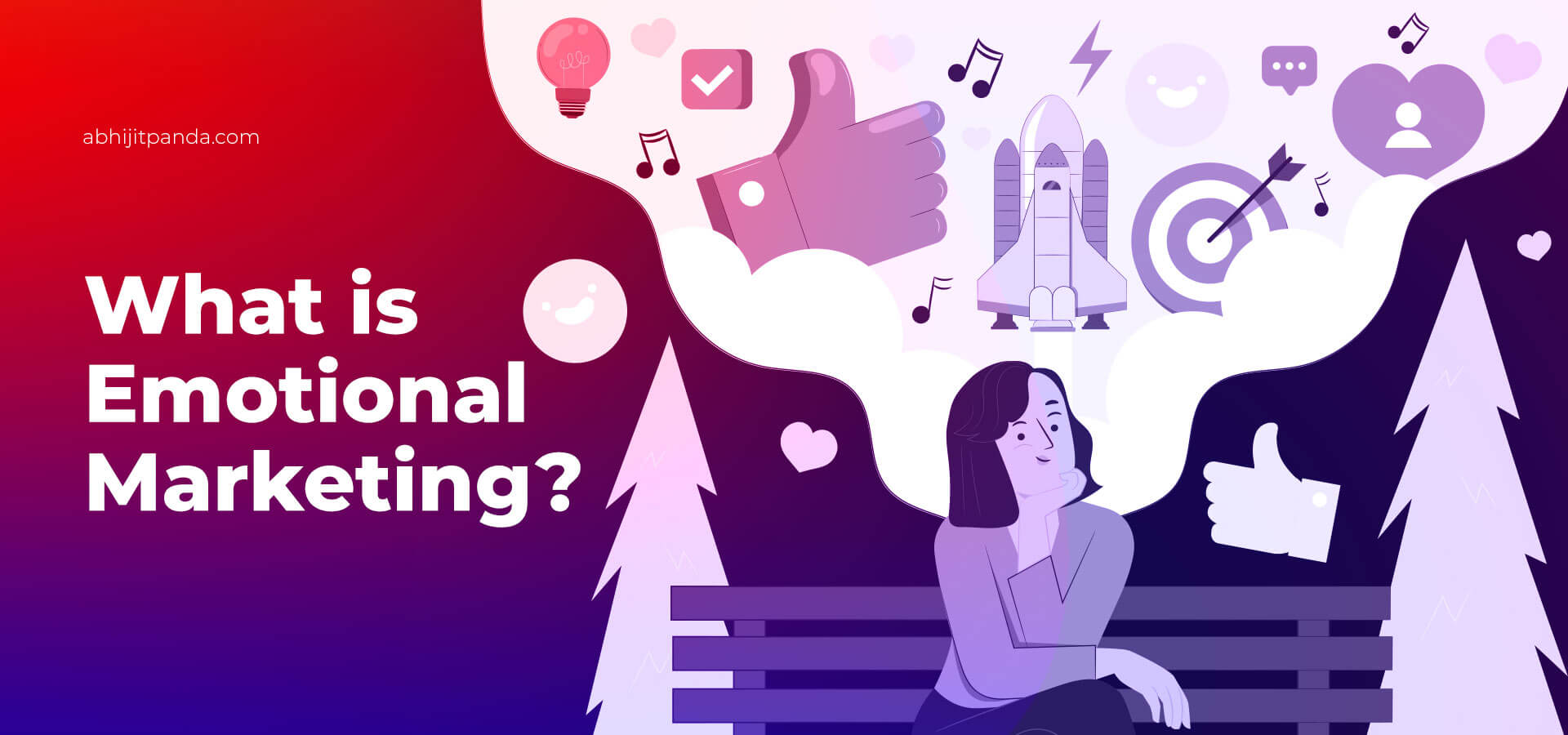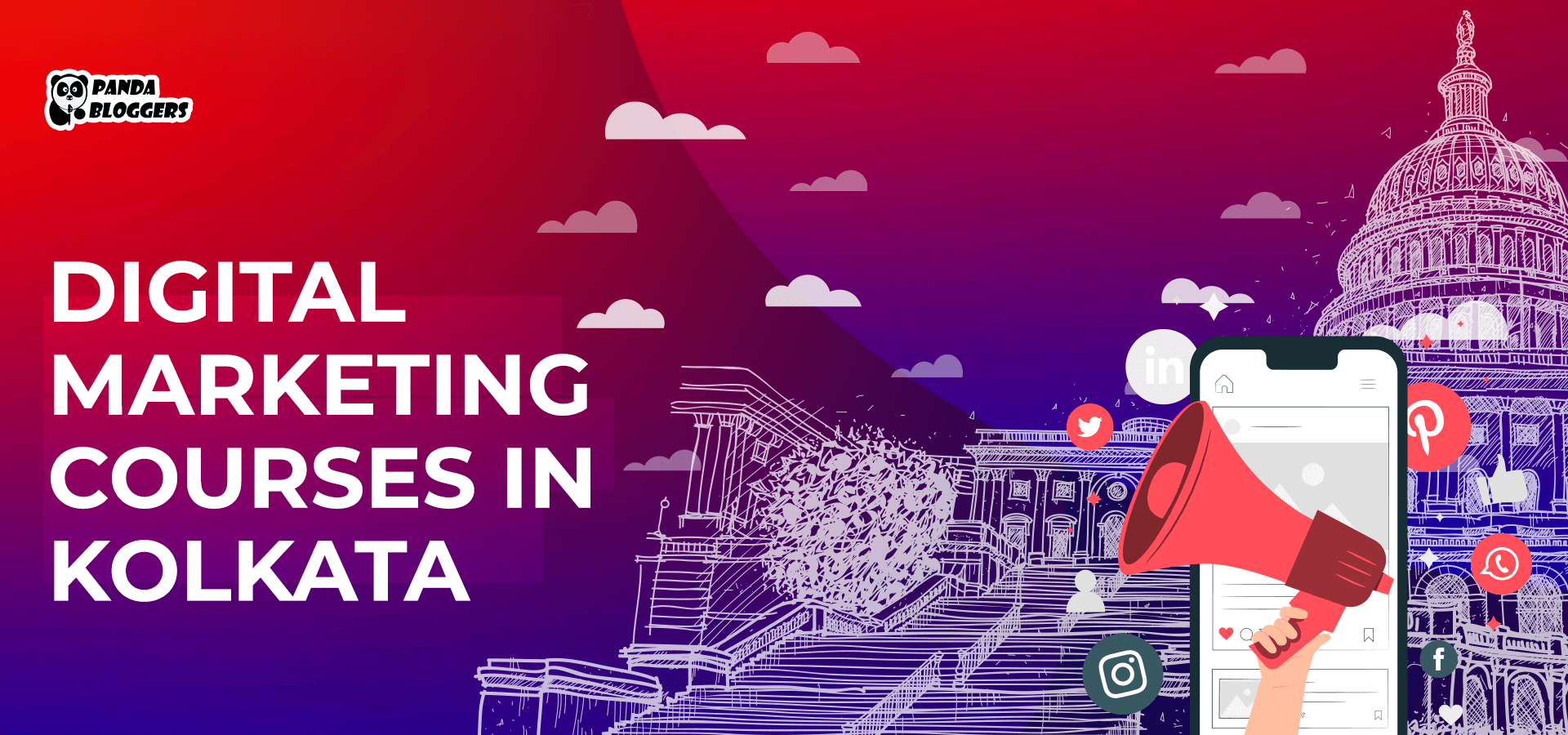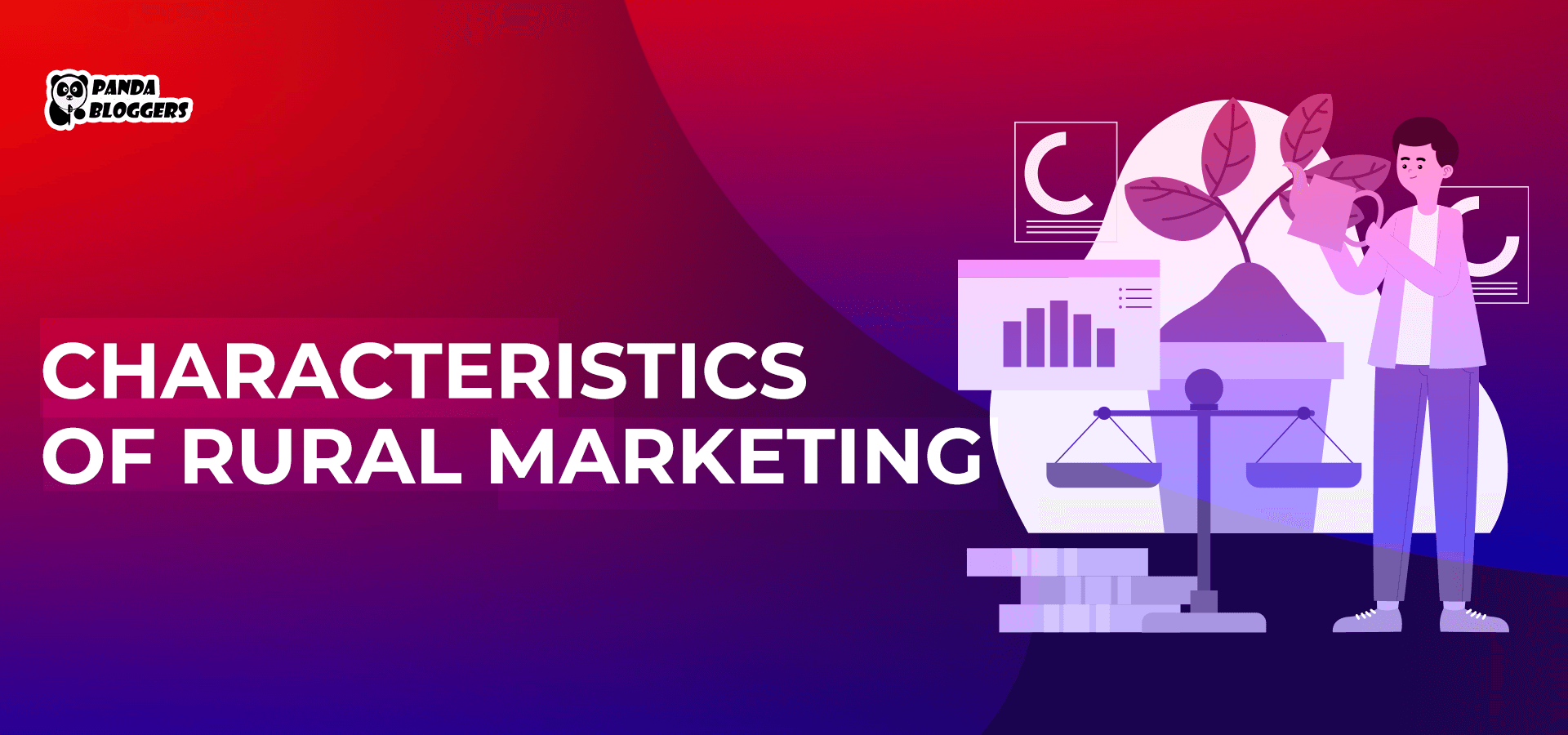 What is Emotional Marketing?
What is Emotional Marketing?
Personalization has become one of the most prominent trends in post-pandemic marketing. A survey conducted by McKinsey & Company suggests that 71% of consumers expect brands to deliver personalized interactions. At the same time, 76% of consumers get frustrated when brands do not deliver personalized interactions. Emotional marketing helps businesses leverage personalization in marketing by tapping into consumers’ emotions.
What is Emotional Marketing?
According to MBA Knowledge Base,
“Emotional marketing is a highly successful method that is used by marketers to both attract and retain customers. The main aim of emotional connection marketing is to connect to customers’ hearts. It is seen that emotional thoughts stimulate people’s minds faster than rational thoughts.”
Unlike rational marketing, emotional marketing does not focus on conveying the factual benefits of a product to consumers. Instead, emotional connection marketing campaigns emphasize improving customer engagement by targeting human emotions and using emotional appeals.
Emotional marketing strategies focus on achieving emotion-based responses from existing and potential customers by tapping into specific emotions like happiness, sadness, fear, anger, and surprise. Leading brands trigger the desired response by using emotional appeal effectively.
They attract, engage, and retain customers by understanding the target audience and predicting how they will respond emotionally to the brand messaging. Also, leading brands these days make this form of marketing captivating and immersive using both conventional and digital marketing channels – packaging, merchandise, videos, podcasts, and social media.
Why do Brands Prefer Emotional Marketing to Non-Emotional Marketing?
Non-emotional form of marketing focuses on a customer’s head instead of her heart. Non-emotional strategies influence consumers’ purchase decisions by talking about a product or service. On the other hand, emotional connection marketing focuses on a consumer’s heart instead of her head. Emotional connection marketing strategies touch a consumer’s heart by triggering a specific emotion.
The research conducted by Neilson Company shows that 90% of purchasing decisions are made subconsciously and only 10% of purchasing decisions are made rationally. Hence, most consumers rely on emotions instead of information while making purchasing decisions.
Unlike non-emotional marketing, emotional strategies connect more deeply with consumers by triggering specific emotions. The emotional connection and engagement with consumers make emotional marketing strategies more effective than rational marketing strategies. In addition to influencing purchasing decisions, it helps a brand create a great first impression, sustain customer relationships, and promote long-term customer loyalty.
What Emotional Connection Marketing Strategies Do Leading Brands Use?
Brands achieve desired marketing goals – visit, click, purchase, and inquiry – by triggering a variety of emotions. They run content marketing campaigns that evoke a specific emotion in consumers. For instance, many companies create brand awareness by focusing on positive emotions like joy and happiness.
At the same time, organizations promote customer loyalty by focusing on negative emotions like fear. Hence, the emotional connection marketing strategies implemented by individual brands differ. But various emotional marketing strategies can be grouped into three distinct categories – emotional advertising, emotional branding, and storytelling.
Emotional Advertising
The emotional marketing strategy focuses on creating brand awareness and winning customers’ trust by placing ads that evoke the desired emotion. While designing such ads, marketers trigger emotions by creating ads around current events or recent tragedies. They relate the brand to the specific event or tragedy to connect with the target audience emotionally and make them trust the brand.
Emotional Branding
This category of emotional marketing strategies focuses on building relationships between brands and customers by triggering a basic emotion. Marketers build the brand image by creating ads with emotional content. The emotional content creates a long-lasting emotion that keeps customers connected with the brand. Such strategies influence customers’ purchase decisions by promoting loyalty and beating the completion.
Storytelling
Humans love stories because stories engage their emotions. This form of emotional connection marketing focuses on making a brand connect with consumers emotionally using storytelling tactics. Marketers make consumers connect with a brand and remember the brand by telling brand stories in various ways. The brand achieves desired marketing goals as consumers remember the story while making purchase decisions.
How do Brands Make Emotional Marketing Campaigns Successful?
The outcome of an emotional marketing campaign depends on how consumers respond to the brand messaging or advertisement. There are many instances when consumers abandon brands when the messaging appears stereotypical, fake, or non-inclusive. Brands adopt best practices to ensure that ads and messages leave a positive impression and do not hurt sentiments.
Understand the Target Audience
Emotional marketing results depend on evoking an emotional response that resonates with consumers’ needs, desires, and pain points. Hence, marketers need to customize campaigns by understanding the target audience, defining the emotion to be revoked, and distributing content that triggers the desired response. Marketers can plan and execute emotional marketing campaigns successfully only by conducting deep customer research.
Use Color Psychology
Each color impact human behavior and emotion in a distinct way. For instance, green is associated with nature, health, growth, and harmony; while red evokes emotions like aggression, excitement, and joy. Marketers must use color psychology to identify the colors that evoke the desired emotion. They should combine the right colors to make the brand messaging and advertisements emotionally appealing.
Inspire Consumers to Feel
While planning emotional marketing campaigns, marketers often focus on the current emotions of consumers. But leading brands boost emotional connection marketing campaigns by making consumers feel inspired. While creating content, they focus on consumers’ aspirations. They consider the goals or dreams a consumer aspires to achieve. Inspirational content makes a brand connect with the target audience by triggering emotions like hope, excitement, and joy.
Leverage Storytelling Tactics
As mentioned earlier, storytelling is a tried-and-tested emotional marketing strategy. Leading brands invoke the desired emotion in the target audience by telling relatable and sharable stories in compelling ways. They display the brand messaging or tagline after telling stories that resonate with the target audience and connect with them emotionally.
Focus on Community Building
Emotional marketing is not about connecting with individual consumers at emotional levels. Companies keep consumers engaged by making them a part of a community or movement built around the brand. The community will trigger emotions like excitement, acceptance, and camaraderie among members. Hence, customers will remain loyal to the brand as part of the thriving community.
Final Words
Emotional marketing boosts personalization in marketing by tapping into consumers’ emotions. Leading brands stand themselves from the crowd by focusing on the core components of emotional marketing like color, content, and behavior. Also, they adopt a slew of best practices to run emotional marketing campaigns successfully using emotional appeals that draw the target audience in.









Leave a Reply